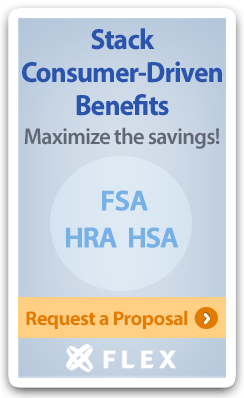Benefits Buzz
Cafeteria Plan: Key Employee Concentration Test

Key Employee Concentration Test
The IRS requires employers who sponsor a Cafeteria Plan (sometimes called a Section 125 Plan or Premiumonly-Plan) to conduct certain non-discrimination tests. Because a Cafeteria Plan provides tax-free benefits, the IRS has rules in place so that tax-free benefits are not offered, provided, or elected more favorably to employees who are higher compensated and considered key employees. A key employee is defined as:
- An employee who earned $185,000 (indexed) or more in the prior plan year; or
- Anyone who owned more than 5% of the company in the prior plan year; or
- Anyone who owned more than 1% of the company and earned $150,000 or more in the prior plan year
Key employees cannot make up more than 25% of all elected benefits in a Cafeteria Plan or this nondiscrimination test will be failed. If the test is failed, key employees will either have to reduce their pre-tax elected benefits to the 25% threshold or they cannot participate in the Cafeteria Plan. It is up to the employer to decide which key employees must reduce their pre-tax elections and by how much if the key employee concentration test is failed. The formula is simple to calculate, and employers should include both employee and employer contributions when determining the total elections.
Formula = Total elections by key employees ÷ Total elections by all non-key and key employees
After performing this calculation, the percentage should be 25% of less to pass this non-discrimination test.
Note: Common benefits offered under a Cafeteria Plan may include health, dental, vision, life, disability, Health FSAs, Dependent Care FSAs, and HSAs. All benefits offered under a Cafeteria Plan should be included when determining the total elections. Cafeteria Plans also have two other non-discrimination tests that must be conducted.

